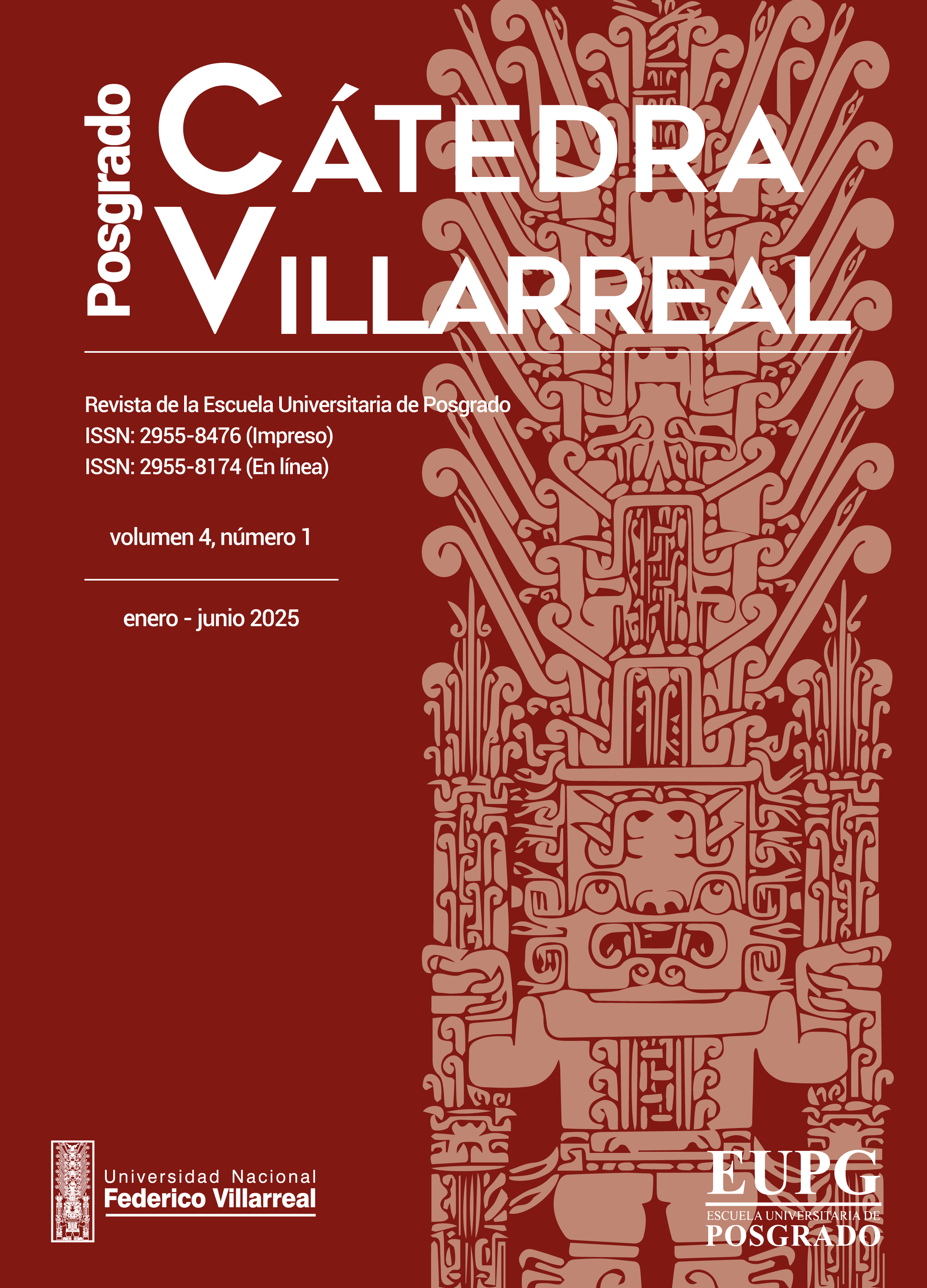Model to define the sampling unit size for forest inventories
DOI:
https://doi.org/10.62428/rcvp2025411982Keywords:
Sampling plot, forest type, grid, maynasAbstract
The objective was to determine the minimum size of the sampling unit or plot that allows for a sufficient estimation of forest inventory parameters such as floristic diversity or richness, timber volume, basal area, biomass, carbon, etc., in the primary alluvial and low hill forests of the Itaya and Tahuaya river basins, Maynas, Loreto. The species–area curve model was applied, which consisted of the cumulative recording of tree and arborescent palm species through square subplots of 400 m², forming a block or grid of subplots. The model generated logarithmic curves for each of the six evaluated grids and by forest type. In general, the curves show a steeper slope with the accumulation of the first subplots, due to a significant increase in the number of recorded forest species. As more subplots are added, the slope of the curve decreases because fewer new species are recorded. The minimum required number of subplots corresponded to the point of greatest inflection on the curve, which represents increments of 1.5–2% in species richness. On average, 20 accumulated subplots (0.78 ha) were needed for the alluvial forest, and 19 subplots (0.76 ha) for the low hill forest.
Downloads
Published
How to Cite
Issue
Section
License
Copyright (c) 2025 Hubert Orlando Portuguez Yactayo

This work is licensed under a Creative Commons Attribution-NonCommercial-ShareAlike 4.0 International License.
Eres libre de
- Compartir : copiar y redistribuir el material en cualquier medio o formato.
- Adaptar : remezclar, transformar y construir sobre el material.
El licenciante no puede revocar estas libertades siempre que cumpla con los términos de la licencia.
Bajo los siguientes términos:
- Atribución : debe dar el crédito apropiado , proporcionar un enlace a la licencia e indicar si se realizaron cambios . Puede hacerlo de cualquier manera razonable, pero no de ninguna manera que sugiera que el licenciante lo respalda a usted o su uso.
- No comercial : no puede utilizar el material con fines comerciales .
- CompartirIgual : si remezclas, transformas o construyes a partir del material, debes distribuir tus contribuciones bajo la misma licencia que el original.
- Sin restricciones adicionales : no puede aplicar términos legales ni medidas tecnológicas que restrinjan legalmente a otros hacer cualquier cosa que la licencia permita.
Avisos:
- No tiene que cumplir con la licencia para elementos del material que sean de dominio público o donde su uso esté permitido por una excepción o limitación aplicable.
- No se dan garantías. Es posible que la licencia no le otorgue todos los permisos necesarios para el uso previsto. Por ejemplo, otros derechos como publicidad, privacidad o derechos morales pueden limitar la forma en que utiliza el material.












